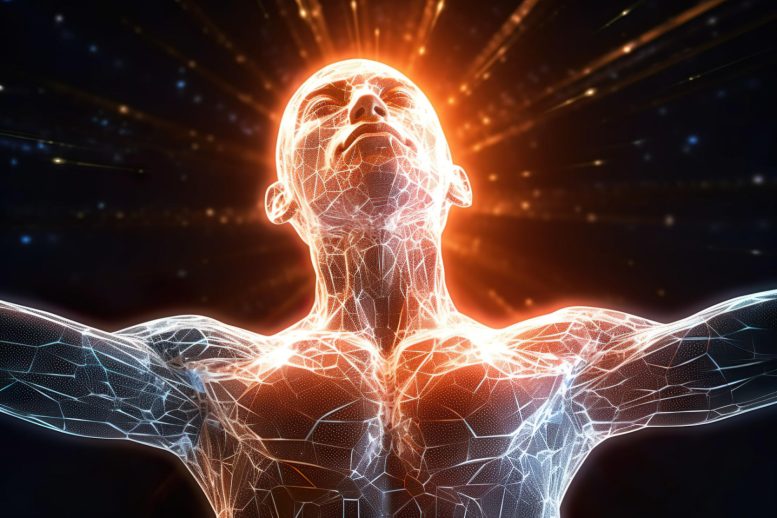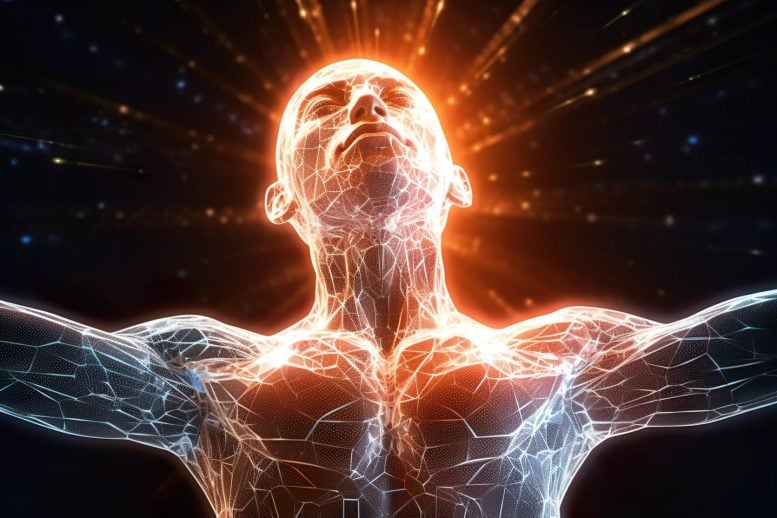

Researchers have discovered that certain fats accumulate in tissues with age but can be reduced through regular exercise. This finding, which sheds new light on the biological processes of aging, was derived from studies conducted on both mice and humans, emphasizing the potential for new aging interventions.
Scientists have found that a specific kind of fat builds up in tissues as they age, and that exercise can reverse this process. A team from Amsterdam UMC, in collaboration with researchers from Maastricht UMC+, studied tissue from both mice and humans before and after exercise to reach this conclusion.
The results were recently published in the journal Nature Aging.
“The idea that we could reverse aging is something that was long considered science fiction, but these findings do allow us to understand a lot more about the aging process,” says Riekelt Houtkooper, Professor at the laboratory Genetic Metabolic Diseases of Amsterdam UMC. “Everyone says that ‘it’s just part of getting older,’ but this doesn’t actually have to be true. By understanding more about the aging process, we can also look into new ways of intervening,” says Georges Janssens, first author of the paper and assistant professor at Amsterdam UMC.
Research on Age-Related Diseases
In recent years, laboratory research has shown that we may be able to counteract age-related diseases by intervening in the fundamental processes that lead to aging. Although science has increasingly mapped out how metabolism changes during aging, large parts remained uncharted. “We wanted to add a new chapter to the atlas. Lipids are an important part of our diet, and crucial for the functioning of our body cells. Specific lipids make up the membrane of cells, which ensures that the inside and outside remain separate,” says Houtkooper.
In order to add this new chapter, the research team investigated how the composition of fats changes in mice. They looked at ten different tissues, including muscles, kidneys, liver, and heart. It was noticed that one type of lipid, the bis(monoacylglycero)phosphates (or BMPs), were elevated in all tissues from the older animals. Suggesting an accumulation of these lipids during aging. They then investigated whether this also happens in humans. Although it was not possible to obtain as many different tissues, the accumulation of BMP was also visible in muscle biopsies of older people. Finally, they then completed more muscle biopsies from people before and after a healthy intervention that included one hour of exercise a day and saw the level of BMPs decreased in the active participants.
“These results are an important new step for our understanding of the aging process, but they are certainly not the final answer. We plan to conduct follow-up studies to better understand how BMPs contribute to aging, what are the consequences of BMP accumulation on the aging process, and whether this can only be influenced by exercise or are the other ways to affect BMPs levels,” concludes Houtkooper.
Reference: “A conserved complex lipid signature marks human muscle aging and responds to short-term exercise” by Georges E. Janssens, Marte Molenaars, Katharina Herzog, Lotte Grevendonk, Carlijn M. E. Remie, Martin A. T. Vervaart, Hyung L. Elfrink, Eric J. M. Wever, Bauke V. Schomakers, Simone W. Denis, Hans R. Waterham, Mia L. Pras-Raves, Michel van Weeghel, Antoine H. C. van Kampen, Alessandra Tammaro, Loes M. Butter, Sanne van der Rijt, Sandrine Florquin, Aldo Jongejan, Perry D. Moerland, Joris Hoeks, Patrick Schrauwen, Frédéric M. Vaz and Riekelt H. Houtkooper, 12 April 2024, Nature Aging.
DOI: 10.1038/s43587-024-00595-2
